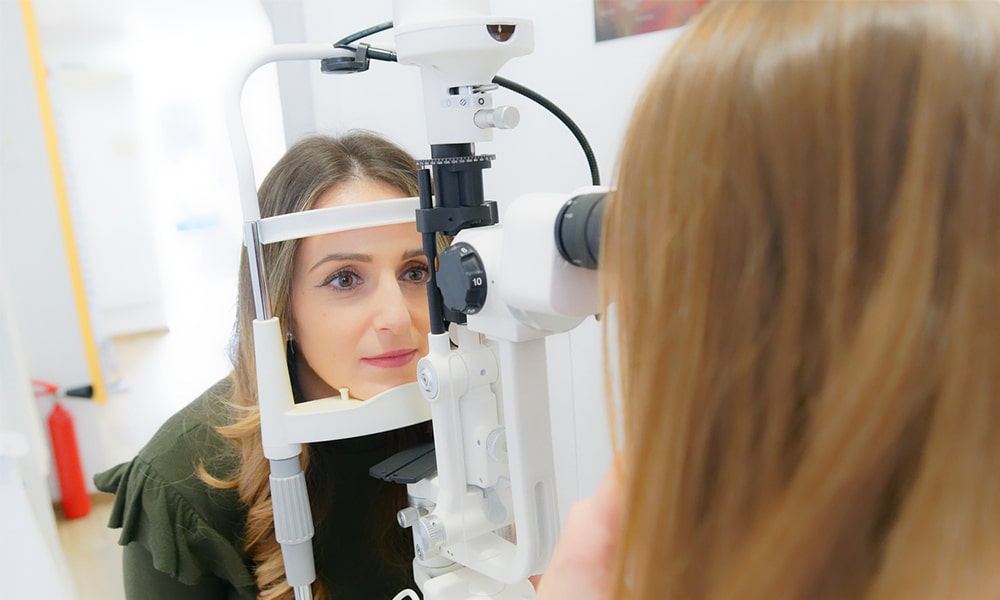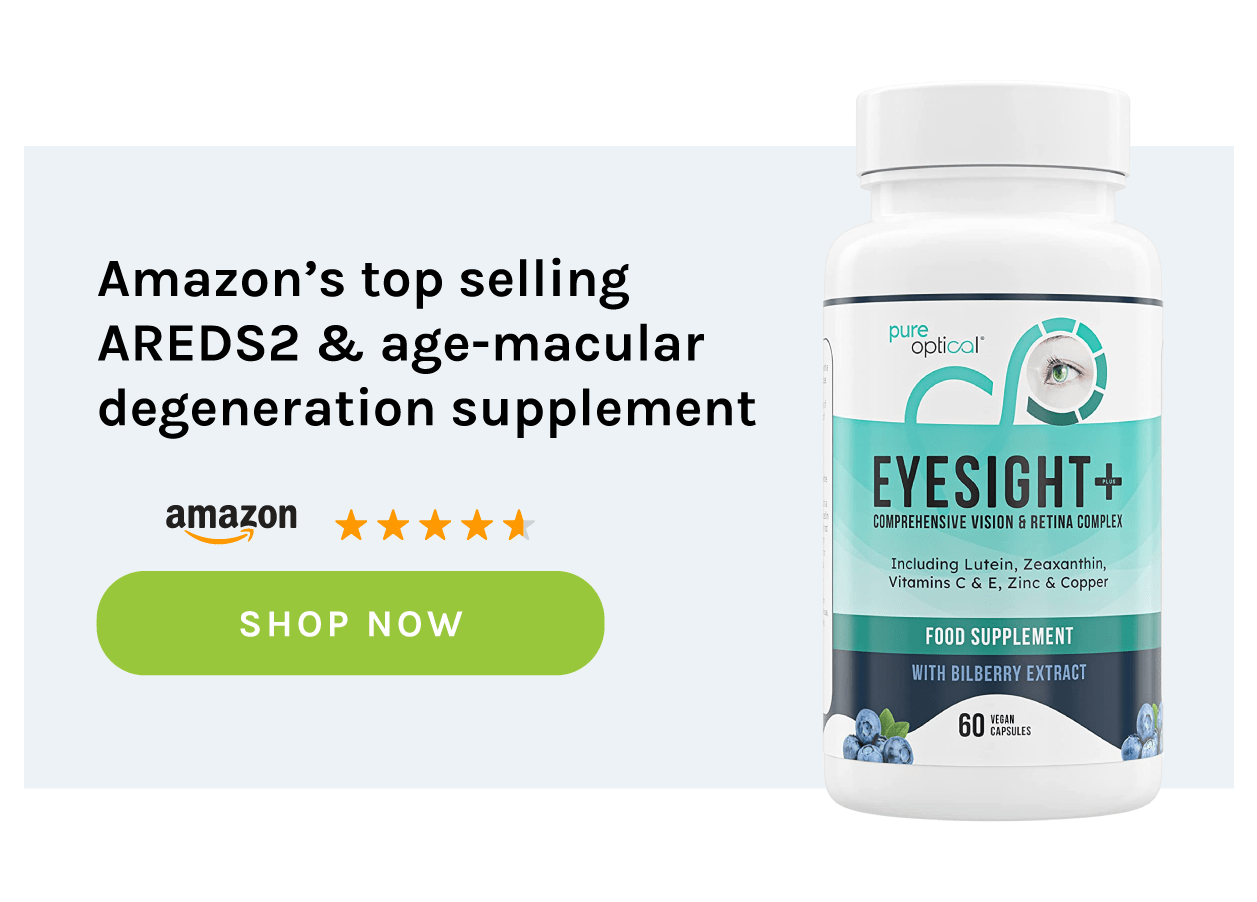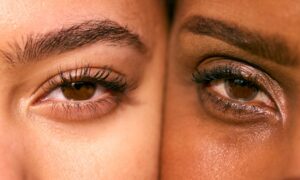Macular degeneration, commonly called age-related macular degeneration (AMD), is a significant concern in the ophthalmological landscape. This condition directly targets the macula – the central portion of the retina responsible for sharp, central vision. As our aging population grows, the prevalence and societal impact of AMD is predicted to increase. In this article, we delve deeper into the treatments available for macular degeneration.
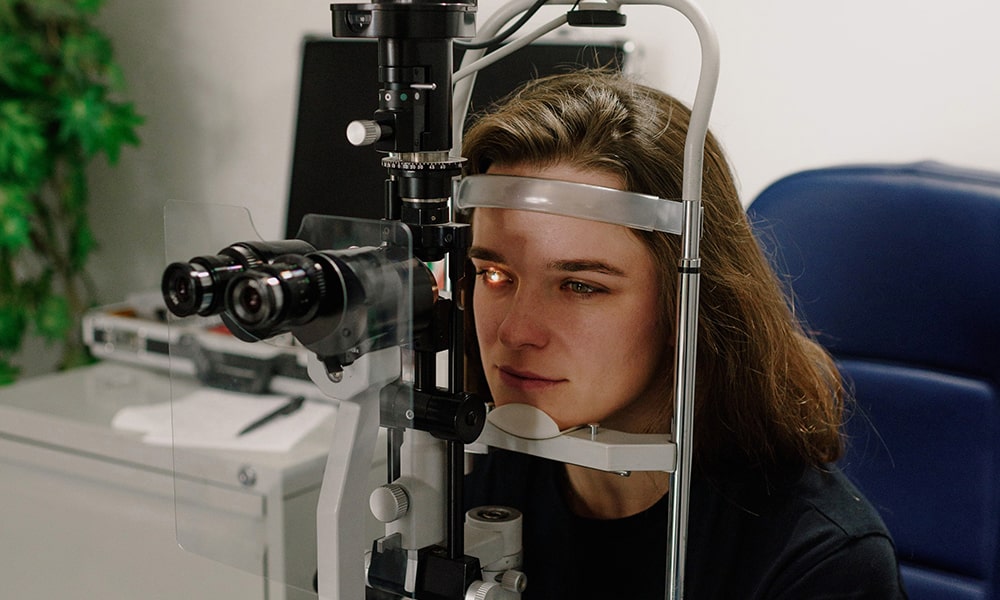
Types of macular degeneration
AMD is broadly categorized into two:
- Dry macular degeneration (non-neovascular): This is the initial phase where the macula’s tissues begin to thin, accompanied by drusen deposits. While not as severe as its counterpart, it’s a precursor and the more prevalent of the two types.
- Wet macular degeneration (neovascular): A more aggressive form where abnormal blood vessels grow beneath the retina, often leading to rapid and severe vision loss due to fluid leakage.
Treatments for dry macular degeneration
Though no outright cure exists for dry AMD, treatments and interventions can considerably slow its advance.
1. Nutritional supplements
The role of dietary supplements in preventing AMD progression is backed by substantial research. The AREDS and AREDS2 studies are landmark trials in this domain, advocating specific vitamin and mineral formulations for those with a higher risk of AMD.
The Eyesight Plus AREDS 2 Vitamins for Eyes is a product that embodies this research, offering a blend of vitamins C and E, zinc, copper, lutein, and zeaxanthin. When incorporated into one’s routine, under ophthalmologist guidance, it can act as a potent shield against AMD’s rapid progression.
2. Lifestyle choices
Beyond supplements, day-to-day choices play a pivotal role in naturally treating AMD. Consuming a diet abundant in leafy greens, fish, and other antioxidants, alongside regular exercise, can offer incremental benefits. Smoking, a known risk factor, should be avoided.
Treatments for wet macular degeneration
1. Anti-VEGF injections
These injections halt the growth of abnormal vessels, curbing further vision loss and sometimes even enhancing sight. Injections are typically administered by an ophthalmologist in a clinical setting.
2. Photodynamic therapy (PDT)
This two-step process begins with a drug injection that’s sensitive to light. A cold laser is then used to activate the drug, causing damage to the problematic vessels without harming the retina.
3. Laser surgery
A more invasive approach, this entails using high-powered lasers to seal off the problematic blood vessels, stopping them from leaking further.
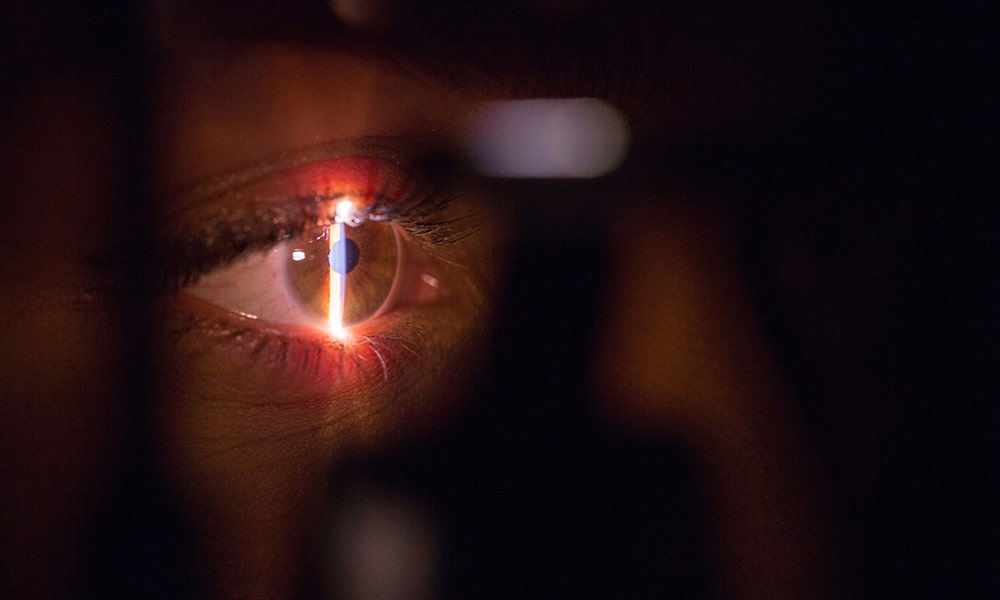
Early detection and monitoring
Routine eye examinations can detect early signs of AMD, long before significant symptoms manifest. Early detection facilitates timely interventions, such as starting on supplements like Eyesight Plus AREDS 2 Vitamins for Eyes, potentially mitigating the disease’s impact.
The importance of support systems
- Rehabilitation services: Low vision rehabilitation can make a world of difference. Through training, individuals can learn to utilize their remaining vision more effectively and employ adaptive techniques and devices to continue with their daily activities.
- Peer support: Joining a support group, either in-person or online, can be immensely beneficial. Sharing experiences and coping strategies with those undergoing similar challenges fosters a sense of community and reduces feelings of isolation.
- Family and friends: A supportive circle of family and friends can significantly aid in the adjustment process. From simple acts like reading out mail to accompanying one for treatments, the role they play is invaluable.
Stay updated with the latest AMD treatments
The journey with macular degeneration, though paved with challenges, is not devoid of hope or potential. By amalgamating medical treatments, psychological support, technological assistance, and lifestyle adaptations, one can carve a path of resilience and determination. And as science marches forward, the future holds promise for better outcomes and improved quality of life for those grappling with AMD.
Frequently asked questions
How often do I need to receive Anti-VEGF injections for wet AMD?
The frequency of Anti-VEGF injections varies depending on individual response and the specific medication used. Initially, treatments may be monthly, but as your condition stabilizes, the frequency might be reduced. Your ophthalmologist will tailor the treatment schedule to your needs.
Can lifestyle changes reverse dry macular degeneration?
While lifestyle changes cannot reverse dry macular degeneration, they can slow its progression and potentially improve overall eye health. This includes maintaining a healthy diet rich in antioxidants, regular exercise, and avoiding smoking.
Is laser surgery for wet AMD a permanent solution?
Laser surgery can be effective in sealing off leaking vessels in the eye, but it’s not a cure for wet AMD. The condition can still progress, and additional treatments may be necessary. It’s also worth noting that laser surgery can sometimes lead to scarring, which might affect vision.
Are there any new treatments for AMD on the horizon?
Ongoing research is focused on finding more effective treatments for AMD. This includes gene therapy, stem cell therapy, and new medications that target the underlying causes of the disease. Staying in touch with your eye care provider is the best way to learn about and access emerging treatments.
Can diet alone manage AMD without the need for supplements?
A nutrient-rich diet can contribute significantly to eye health and may help slow the progression of AMD. However, for individuals at high risk or with existing AMD, supplements formulated based on AREDS and AREDS2 studies can provide higher concentrations of specific nutrients that might be difficult to achieve through diet alone.
Are there any side effects of photodynamic therapy (PDT) for wet AMD?
PDT is generally well-tolerated, but it can have side effects including vision changes, injection site reactions, and, rarely, severe vision decrease after treatment. It’s important to discuss the risks and benefits with your ophthalmologist.
How can I find a support group for AMD?
Support groups can be found through hospitals, eye care professionals, or organizations dedicated to vision loss. Online resources and social media platforms also host communities where individuals with AMD can share experiences and advice.
What advancements have been made in low vision rehabilitation?
Technological advancements have significantly improved low vision rehabilitation. This includes the development of specialized devices like magnifiers, electronic readers, and software that enhances contrast or reads text aloud, helping individuals maximize their remaining vision.
Can taking AREDS2 supplements prevent me from developing AMD?
AREDS2 supplements are not proven to prevent the onset of AMD but are recommended for slowing the progression in individuals who already have the condition, particularly those at intermediate or high risk of progression.
How can I ensure that my diet is supporting my eye health?
To support eye health, focus on a balanced diet rich in fruits, vegetables, omega-3 fatty acids from fish, and nuts. These foods provide nutrients such as lutein, zeaxanthin, vitamin C, vitamin E, and zinc, which are beneficial for maintaining healthy vision. Consulting with a healthcare provider or a nutritionist can also help tailor your diet to support eye health effectively.

